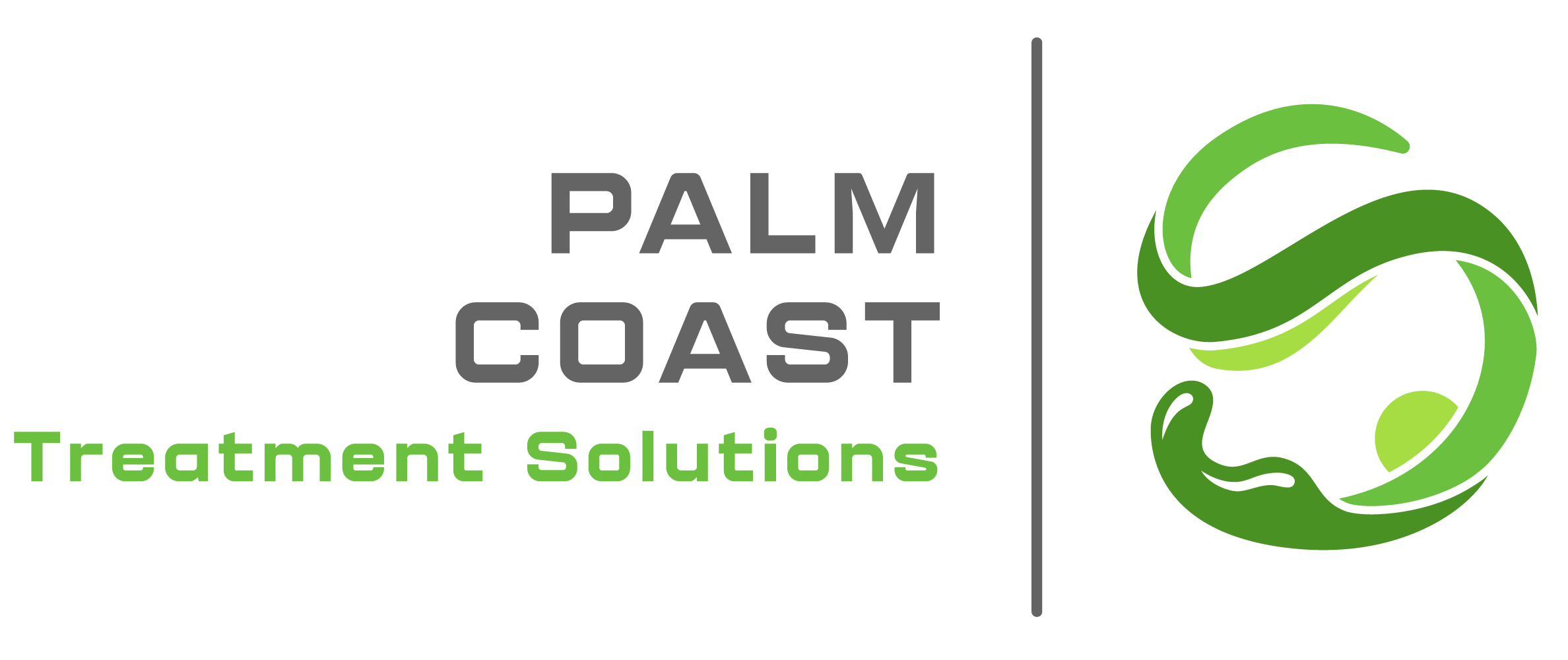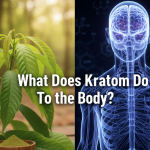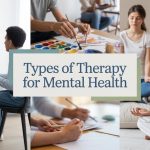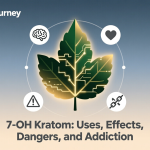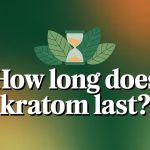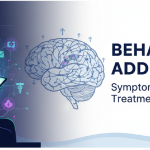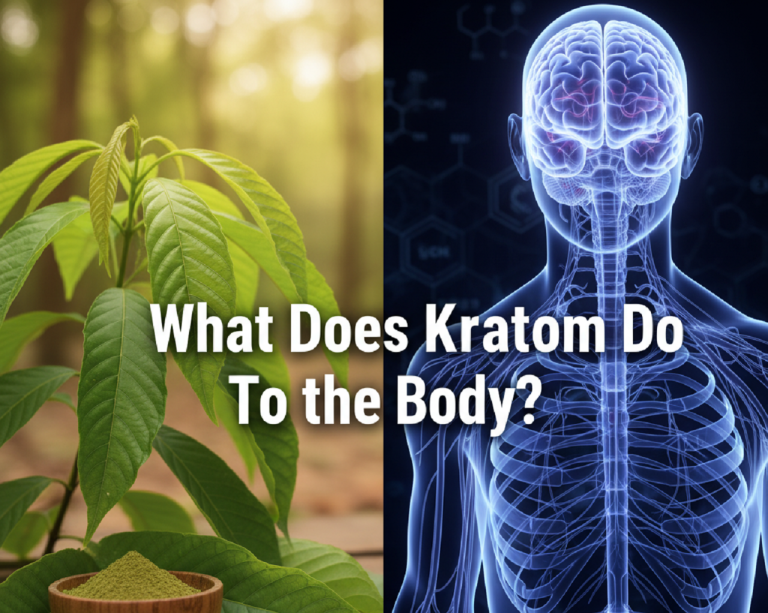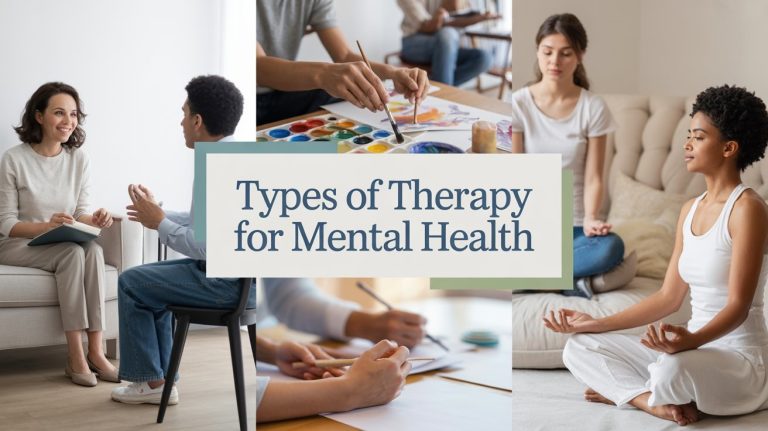In This Blog
- What equine-assisted therapy is and how it works
- The role of equine-assisted therapists in guiding emotional growth
- Benefits for mental, emotional, and physical well-being
- Potential risks and safety considerations
- Special applications for PTSD, autism, anxiety, addiction, and depression
- Expert advice and steps to start therapy
To a great degree, horses have been loved because of their power, tenderness, and good attachment to the human race. These attributes have been applied in mental health care over the past decades by equine-assisted therapy (EAT). This type operates under the assumption that the patients must be able to interact with the horses under the tutelage of a therapist as opposed to the conventional use of talk therapy, which seeks to foster healing of the patient, personal growth, and behavior recreation.
The equine-assisted therapy is not associated with training animals or horseback riding. Instead, it helps them to know themselves more, deal with problematic feelings, and build trust based on organization, i.e., through grooming, leading, or problem-solving processes. EAT is now providing services to a wide range of clients, including veterans with PTSD, children with autism, and adults with addiction issues, and they would have hardly been able to find such services elsewhere in the traditional environment.
How Does Equine-Assisted Therapy Work?
Equine-assisted therapy is premised on the fact that it enables an individual to interact with horses to develop a therapeutic relationship within a controlled environment under the guidance of a licensed therapist. Horses are extremely sensitive to human emotions, nonverbal communication, and emotions. They are also likely to mirror either fear, calm, or confidence, and consequently, they are powerful therapists.
In one of the sessions, the clients might be requested to perform the following tasks:
- Riding or grooming the horse.
- Riding the horse over a course of difficulties.
- Noticing the response of the horse to their action.
Such activities cause the clients to focus on nonverbal communication, patience, and problem-solving. Then a therapist creates a conversation by helping the clients connect the events that had occurred in the activity to their issues in normal life.
Insight | Details |
History | EAT evolved from hippotherapy and equine-assisted activities in the 1960s–70s |
Therapy Setting | Indoors or outdoors, depending on goals and weather |
Horse Selection | Carefully chosen for temperament, responsiveness, and training for therapy. |
Duration | Typically 45–90 minutes, |
Client Preparation | safety, horse behavior, and session goals |
100% Confidential Support is Available 24/7
No matter what you’re going through, you’re not alone. Our dedicated team is here to provide a safe, judgment-free space where you can talk openly and honestly. Whether you need emotional support, resources, or just someone to listen.
We’re here for you—completely confidential and always respectful of your privacy. Call us today!
What Does an Equine-Assisted Therapist Do?
Involving horses as a therapist, one should be able to ensure safety and therapeutic benefits in the sessions. They tend to employ an equine professional with whom they form in partnership to look after the horse.
The following are some of the duties:
- Setting goals based on what a client needs to accomplish (such as building trust, getting rid of anxiety, or improving communication).
- Following the work with a client and a horse to monitor the causes of emotions, behavior, and patterns.
- Promoting the utilization of reflections through guided questions, i.e., What did you find out about what the horse did when you got frustrated?
- Emotional support of the client in cases of hardship will make them feel better and self-confident.
Equine-assisted therapy is typically used by therapists as part of a more integrated approach to treatment, which includes talk therapy or medical therapy. They do not go to demonstrate to the people how to ride a horse but to be engaged and interact with horses as an activity of healing and self-reconstruction.
Benefits of Equine-Assisted Therapy
Equine-assisted therapy has many advantages that go beyond the stable. Studies and clinical reports have indicated both emotional and behavioral improvements in both children and adults. Among the advantages, the following ones can be enumerated:
- Emotional regulation: Horses also guide clients to learn how to differentiate and control anger, fear, or sadness.
- Reduced anxiety and stress: Horse racing is linked with alleviation of anxiety and stress, reducing the levels of cortisol (stress hormone).
- Improved socializing skills: With individuals who have autism or social anxiety, equine activities will result in nonverbal communication and trust building.
- Recovery from trauma: Horse therapy is one of the therapy options that the veterans and trauma survivors prefer to use over conventional talk therapy as a way of reconnecting emotionally.
- Confidence building: This skill that is developed is the success of dealing with a 1,000-pound animal, which produces the sensation of success and power.
Clients are often quoted as stating that equine therapy is a life-changing therapy, as it not only allows them to cope with their conditions, but it also gives them a feeling of calmness and presence that modern life denies them.
Expert’s Advice – “Horses are non-judgmental, and this fact can be reassuring to people to give them a safe place to be a child and open up.”
— Dr. Juli Coffin, Professor and Founder of Yawardani Jan-ga Equine-Assisted Learning Program
FACT – Equine therapy demonstrates the short-term PTSD, relief of anxiety; needs validation (Provan et al., 2024)
Contact Palm Coast Treatment Solutions
Battling with Drug and Alcohol Addition? Remember, you are not alone and we are here to help you!
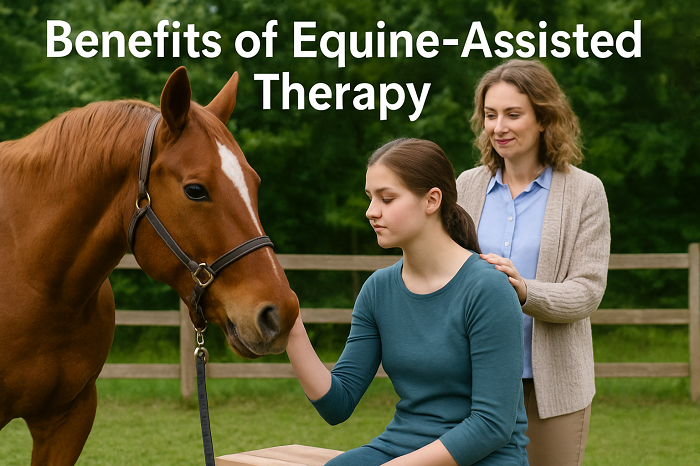
Risks of Equine Therapy
On the one hand, equine-assisted therapy is usually safe and effective, and on the other hand, it also has several threats:
- Physical risks: Big animals could fall, bite, or have some accidental injuries at any time in case of physical risks.
- Emotional intensity: Emotionally overwhelmed clients will be able to cope with trauma in the course of the sessions.
- Allergies: others can also be allergic to the outside, horses, or even hay.
- Problem of availability: Therapy is also expensive and not accessible everywhere.
The risks are reduced in case the therapists and trained therapy horses are allowed to work within controlled circumstances and are licensed to offer therapy services.
Clients will be encouraged to address their therapist and healthcare provider about the problems and concerns they have before they arise.
Special Applications of Equine Therapy
The equine-assisted therapy is effective for some conditions:
- PTSD (Post-Traumatic Stress Disorder): The fact that the horses are not as dangerous to the veteran compared to the traditional therapy, and, therefore, restoring trust is not that hard.
- Autism Spectrum Disorder: Horses will help in the development process by aiding in focusing, routine, and communication.
- Addiction Recovery: EAT instills a sense of accountability and responsibility, which are needed in long-term recovery.
- Depression and Anxiety: Loneliness can be overcome, and serotonin levels increased just by being among the horses.
In this case, therapists would make sure that equine-assisted therapy would be an addition rather than a substitute for traditional ones.
Take the first step to recovery and contact Palm Coast Treatment Solutions at (386) 284-4151 and begin your recovery process.
Key Takeaways
- The equine-assisted therapy assists individuals in healing through the assistance of well-organized, guided therapy with horses.
- The reflection and emotional development are done through the therapists and not the riding lessons.
- The positive effects are that it lowers anxiety levels, enhances emotional management, enhances communication, and promotes trauma recovery.
- The dangers of handling trained workers in safe environments are limited.
- Some of the applications include PTSD, autism, addiction recovery, and depression.
- The horses are reflections of the human emotions that give a certain explanation of the animal’s behavior and feelings.
- According to the latest systematic reviews and pilot studies, equine-assisted services are related to a temporary reduction in the severity of symptoms in PTSD and positive outcomes in emotional control.
- The equine therapy does not replace medicine and psychological therapy
FAQs
What happens in equine-assisted therapy?
The equine-assisted therapy has the participants playing with horses as guided exercises, which may be grooming, walking, or obstacle courses. By helping to develop emotional awareness and reducing anxiety, along with developing trust, such sessions will help. The assistance of a therapist and equine specialist makes it possible in order that this process is safe and therapeutic.
How does equine euthanasia work?
Equine euthanasia is an act of humanitarianism, which is chivalrous to a veterinarian. This is then laid to rest, and barbiturates are overdosed to the horse, and death is caused. This paralyzes the brain and heart functions, and this causes minimal pain. This is usually carried out by the owners when the horse is in excruciating pain or is even when it is sick
How does animal-assisted therapy work?
Animal-assisted therapy is one type of therapeutic intervention to use, and it includes the presence of trained dogs (or cats or horses) with patients. Such activities decrease the level of stress, improve emotional regulation and social bonding. A licensed therapist applies animals in the treatment objectives to provide mental health, recovery, as well as to provide a superior quality of life.
What are the activities of equine-assisted psychotherapy?
The equine-assisted psychotherapy activities may include grooming, leading, role-playing, and problem-solving. The activities promote learning and intellectual and emotional development. It is contrary to the riding lessons when the emphasis is made on the mood and behavior of the person, which allows handling such problems as trauma, anxiety, depression, and recovery from addiction.
What are the risks of equine therapy?
Equine therapy does not have any harmful effects, but it is characterized by frequent falls, minor injuries, or allergies. Emotional overload that may arise during the sessions may be a psychological threat. The issues are minimized through the assistance of cooperation with qualified therapists and trained horses. The safety measures and supervision should ensure that both the clients and animals are kept safe.
What happens to a horse after euthanasia?
Burial after euthanasia, cremation after euthanasia, or rendering after euthanasia can also be done by the owner. The available choices are determined by the local laws and resources. There are facilities for memorial services. This is how the veterinary personnel then help the owners to make these decisions in a way that the animal is respected and treated with dignity, since the requirements of the environment and the legal provisions are fulfilled.
